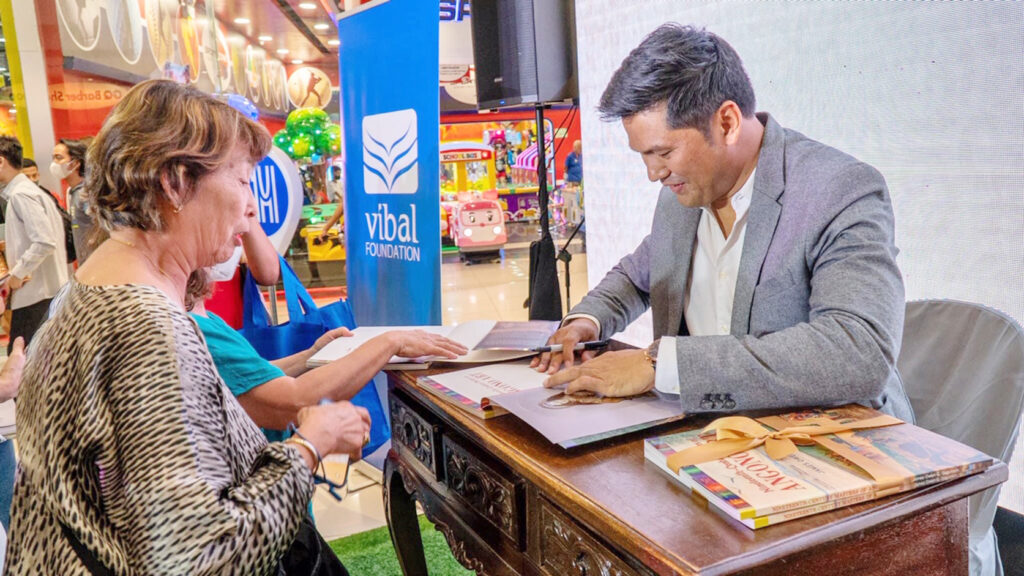The Philippines’ artistic heritage dates back to thousands of years as evidenced by the
Angono-Binangonan Petroglyphs in the province of Rizal, a collection of more than a hundred anthropomorphic and zoomorphic figures carved into a rock shelter’s wall.
This artistic tradition endures to this day in the town of Angono, home to dozens of artists, producing two National Artists — Carlos “Botong” Francisco (in visual arts) and Lucio San Pedro (in music).
However, there are still stories that need to be told and gaps that need to be filled to complete the narrative and beef up the discourse on Angono’s art history, which is part of the larger Philippine art scene. These links, particularly from the Spanish to the contemporary period, were brought forth in a recently published book authored by art historian and educator James Owen Saguinsin, an Angono native.
Published by the Vibal Foundation, Nineteenth-Century Masters of Angono Art tackles the lives and works of relatively unknown but significant artists from Angono from the mid-19th century to the first half of the 20th century. These are Juan “Tandang Juancho” Senson (1846-1927), Pedro “Pedrong Pintor” Piñon (1850-1925) and Moises Villaluz Jr. (1892-1987), the town’s own triumvirate who influenced many artists after them including perhaps Angono’s most famous son, Botong Francisco.
The book also presents a detailed history of Angono from its possible situation during the late 16th century explorations of the area to it being a hacienda and subsequently an independent town in the 18th century and its reconstitution as an independent town in 1938.

Senson and Piñon are Angono’s 19th century masters in art known for their works mostly of religious in nature which many still survive and being used for private and public religious gatherings and occasions while Villaluz continued the town’s artistic tradition through the 20th century with paintings and sculptural pieces of note particularly those located inside the campus of the University of the Philippines Los Baños.
Borrowing the words of professor Elena Mirano of the University of the Philippines Diliman, Saguinsin who started his laborious study more than 20 years ago “rigorously researched and painstakingly wrote the history of Angono and detailed inventory of its art and artefacts.”
Saguinsin presented through a multi-disciplinary approach the untold narratives of the artists, as well as the process of locating and authenticating their works.
More than a hundred images are featured in the book, mostly for the first time as a result of Saguinsin’s tedious work of finding and analyzing them.
The book is a critique of their works, a historical and genealogical research, and art authentication rolled into one. It is another feather in its cap for Vibal Foundation and a landmark opus from Saguinsin.
